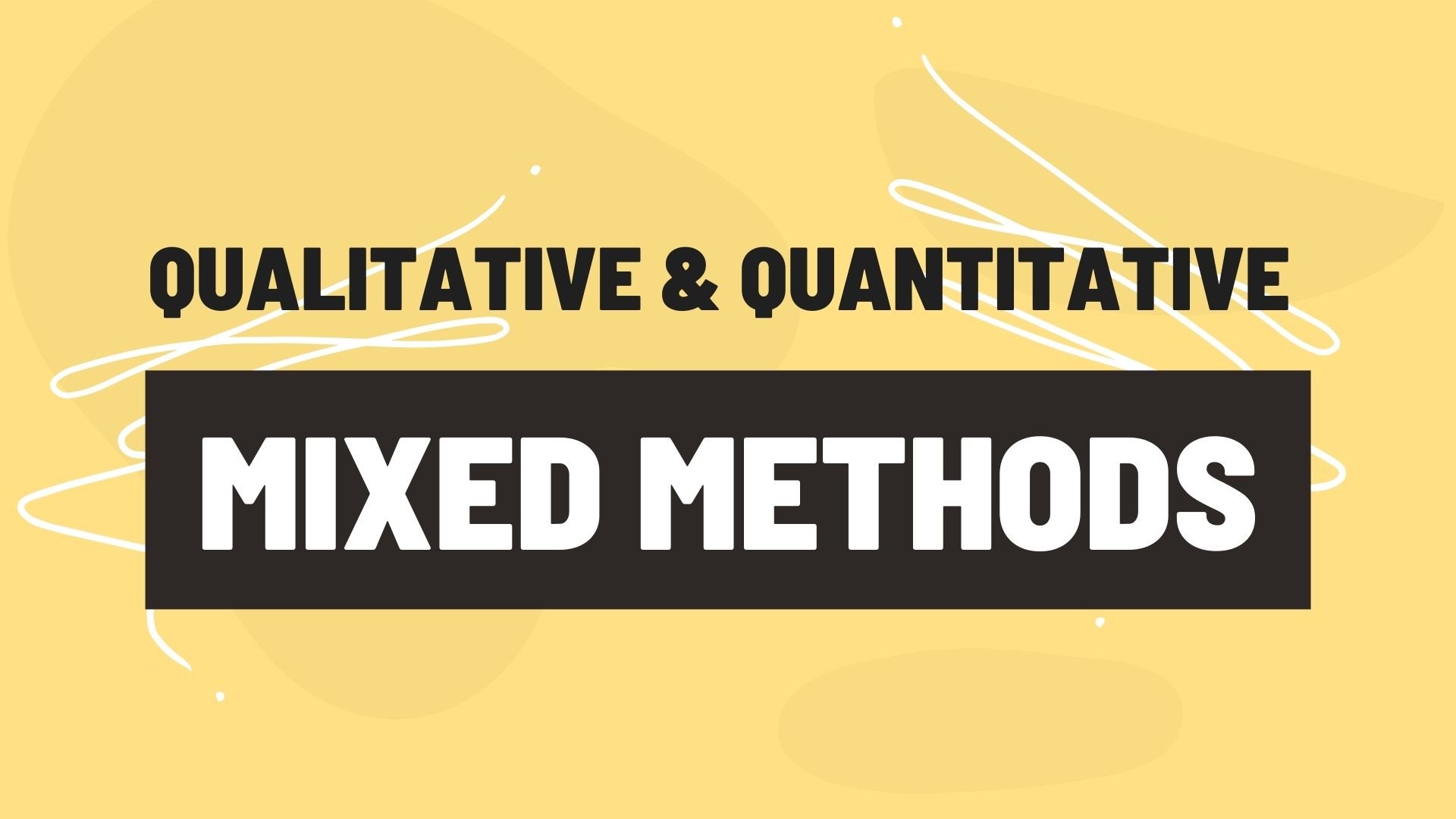Intercoder reliability ensures that when you have multiple researchers coding a set of data, that they come to the same conclusions.
Read MoreThematic analysis involves reading through a data set and identifying patterns in meaning across the data.
Read MoreOpen coding, axial coding, and selective coding are all steps in the grounded theory method of analyzing qualitative data.
Read MoreStructural coding when you to take a large set of semi-structured data, and structure it into smaller pieces for further analysis.
Read MoreInitial coding is where you break down your qualitative data into discrete excerpts and create codes to label them with.
Read MoreA codebook for qualitative research contains a list of the codes that you will use in your qualitative analysis research.
Read MoreLearn how to conduct collaborative qualitative research with online coding tools for effective researcher triangulation, peer debriefing, and intercoder reliability.
Read MoreAn unstructured interview is a type of interview in which the questions or the order in which they are asked are predetermined.
Read MoreEthnographic research is a qualitative research method that involves studying people in their natural environment to understand their culture, beliefs, and practices.
Read MoreThe Institutional Review Board (IRB) is a committee or group charged with reviewing human studies and protecting the rights and welfare of participants.
Read MoreSymbolic interaction theory is a sociology theory that seeks to understand human conduct by focusing on symbols that help us give meaning to experiences in our life.
Read MoreQualitative data is non-numerical data that is produced from qualitative research methods. The following are examples of qualitative data that can be used for analysis in research.
Read MoreA semi-structured interview is a data collection method that combines the elements of structured and unstructured interviews.
Read MoreMixed methods research is the combination and integration of the components of qualitative and quantitative research methods in a single study.
Read MoreQualitative phenomenological research design is a qualitative research technique that seeks to understand the essence of a phenomenon by studying lived experiences at a conscious level.
An analyst’s perspective or beliefs impact research outcomes, making reflexivity vital in qualitative research.
Read MoreProgram evaluation is the systematic assessment of a program to determine the extent to which it achieves its intended goals and objectives.
Read MoreParticipatory Action Research (PAR) is an approach to research involving researchers and participants collaborating to understand social issues and promote positive change.
Qualitative observation is a research method in which researchers collect data using their sensory organs, eyes, nose, tongue, ear, and skin.
Read MoreTheoretical saturation is the point in grounded theory analysis where collecting and analyzing additional data does not teach you more about your topic. Learn more about theoretical saturation.
Read More


















